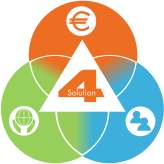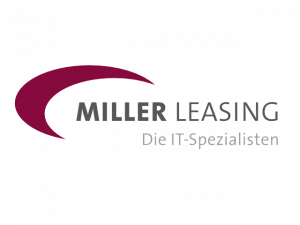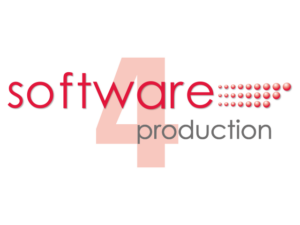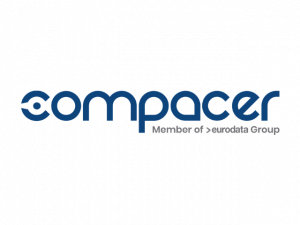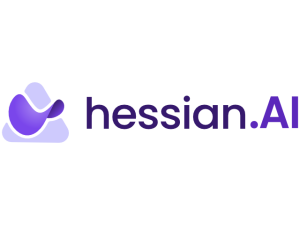Sales and contribution margin planning
Sales volume planning, sales price planning and conditions planning are carried out in the sales and contribution margin planning area. Multidimensional structures are taken into account. This way, for example, sales regions can be planned in combination with distribution channels and product groups. Or customer/article combinations are planned according to sales districts. The design of the planning schemes is completely flexible and can be configured as required.
Cost unit accounting
The product calculation determines the material, production and manufacturing costs as well as the carbon footprint per unit. As part of product costing, the sales quantities planned in the Sales department are adopted. Planned production quantities that deviate from the sales quantities can be determined on the basis of target stock levels and/or scheduling algorithms to be defined. This quantity structure is the basis for the retrograde explosion of product BOMs, recipes and routings. This provides the activity quantities (planned reference values) per production location/cost center required for the automatic planning of proportional production costs. In addition, the determined inventories can be valued according to various methods (e.g. FIFO, LIFO, average costs).
Cost center accounting
The fixed and proportional cost center overheads are planned in detail in the Cost Center area. The proportional costs (production wages, energy, etc.) can be planned automatically using so-called output quantity simulation. Fixed costs are planned using freely definable planning masks. Allocations and internal cost allocations can be automated according to various rules.
Activity-based costing
A powerful activity-based costing system is available for planning, controlling and allocating the costs of indirect service areas. With regard to standardizable and highly repetitive processes in administrative areas, the costs can be allocated to the products or other reference value objects instead of via overhead rates according to detailed process quantities and process cost rates as part of transaction or process costing.
Profit, Financial and Balance Sheet Planning
A fully integrated profit and loss, balance sheet and cash flow statement is realized via implemented posting rule definitions. Preconfigured posting controls are already available for common charts of accounts (e.g. SRK03, SKR04, IKR, GKR, SKR99) in various sectors. All sub-plans (materials management, production, sales, investments, personnel, warehouse, etc.) are dynamically linked with each other.
Personnel cost planning
The employee-related personnel cost planning application provides methodical support for all the special features to be taken into account. For example contribution assessment limits, collective agreements, wage and salary groups, global changes to collective agreements, planned transfers, special calculation rules for bonuses, premiums, etc. are taken into account in specialized personnel cost planning. Integration with production planning means that staffing requirements, capacity utilization, over/under-utilization, etc. are automatically included.
CAPEX
The investment and depreciation planning module takes into account all relevant factors, including all tax, commercial law and imputed depreciation types as well as capitalized own work, to ensure detailed and accurate planning. Furthermore, leased assets that are to be capitalized by the lessee can be shown in the CAPEX module. In addition, various methods are available for calculating the profitability of the investment.
Integrated and customizable dashboard on all end devices
Integration of other common BI applications to follow in Q2 2023
Integration of Microsoft Power BI
You can find out more about dashboards in the technical details
